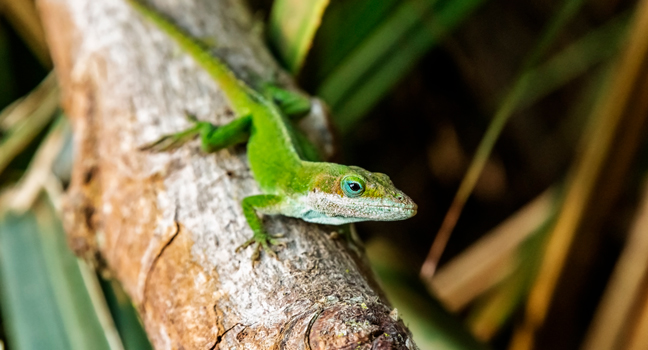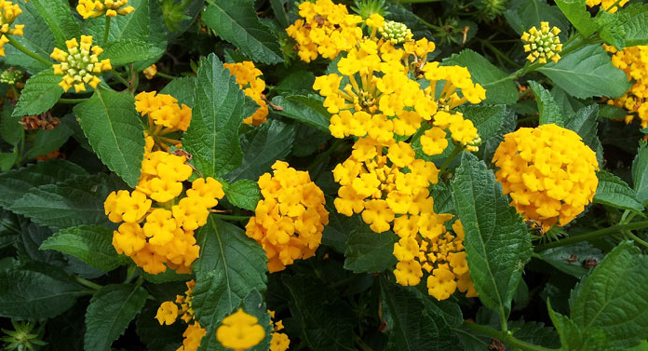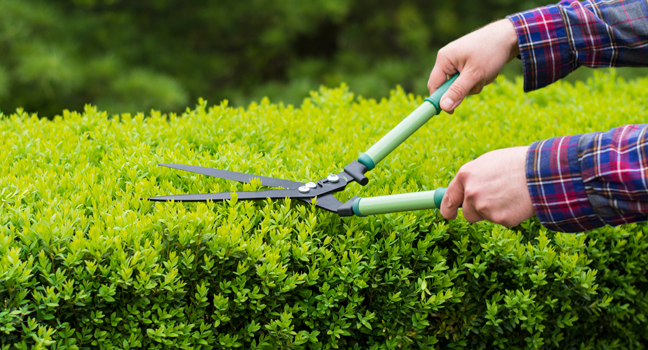Choose plant species so wildlife has a place to hide and raise their young.
In the context of landscape design, having a wildscape means that your landscape benefits wildlife. As more and more wildlife habitat is converted into suburbs and shopping malls there is an increased need to create the conditions necessary to support wildlife.
In 1997 SAWS and the Texas Parks and Wildlife Department (TPWD) joined together to fund the development of a brochure on how to create a Texas wildscape. To date over 50,000 have been distributed in the San Antonio region. In 1999 the TPWD officially launched its Backyard Habitat Certification program further supporting the efforts of SAWS in promoting this type of landscape.
Today many homeowners that are building at the edge of the cities are choosing to leave a portion of their property in a natural state while enhancing other areas of their landscape with an eye towards attracting the birds and butterflies they enjoy.

Elements of a Wildscape Landscape
- Food – Plant a variety of nectar, seed and berry producing plants to provide a variety of food sources throughout the year.
- Water – Provide a clean source of water such as a birdbath or small pond.
- Cover and Nesting – Choose plant species in a variety of heights and keep dead limbs or snags when they do not pose a threat to your property so wildlife has a place to hide and raise their young.

Plants Typical to the Wildscape Landscape in San Antonio:
- Trees – Hackberry, live oak, mesquite, bur oak, Texas persimmon, Ashe juniper, Texas mountain laurel, Mexican buckeye
- Shrubs – Possomhaw holly, loquat, Indian Hawthorn, butterfly bush, red yucca, American beautyberry, cenizo
- Perennials – Butterfly weed, salvia, lantana, indigo spires, Turk’s cap, shrimp plant, firebush, fall aster, columbine
- Annuals – Pentas, sunflowers*, larkspur*, coreopsis*, cosmos*
- Creeping and Filler Plants – French thyme, *Johnny jump-ups, lamb’s ear, wild strawberry, herbs of all kinds
- Vines – Coral honeysuckle, crossvine, Virginia creeper, hyacinth bean
- Ornamental Grasses – Little bluestem, Muhly grass, sideoats grama
* Denotes re-seeding annuals

Basic Maintenance Requirements:
- Keep water source clean
- Prune shrubs as needed – usually in late winter
- Let seed set on re-seeding annuals such as wildflowers before removing
- Keep edges of the landscape neat when adjacent to a neighbors more traditional yard.
Irrigation Requirements:
Wildscapes are usually predominately composed of native plants. Native plants have evolved to thrive in the local area climate and soil conditions. As such, little additional irrigation is needed when proper plants are chosen. When additional irrigation is required, use a soaker hose or handheld hose. If you are trying to attract butterflies and hummingbirds with nectar-producing flower do not water them from above. It will wash away the nectar of many flowers.
Other Input Requirements:
- Soil – In choosing native plants little soil amendments are necessary, however compost tilled in 4 to 6 inches can only benefit your plants. If you have excessively shallow soils carefully select plants that can thrive in shallow soils. Careful not to disturb the delicate native soil and leaf litter in any areas you plan on leaving natural.
- Mulch – Shrub and perennial beds and trees can be mulched with organic mulch such as shredded pine bark (up to 6 inches).
- Pesticides and Fertilizers – Because the purpose of a wildscape is to attract wildlife (that includes insects), insecticides should be avoided. A Wildscape should have a wide variety of plants and with that variety often comes protection against pest infestations. “Good” bugs that are attracted to your landscape should easily control the “bad” bugs that are there. For fertilizers, let your leaves fall to the ground and decompose naturally for nature’s fertilizer.